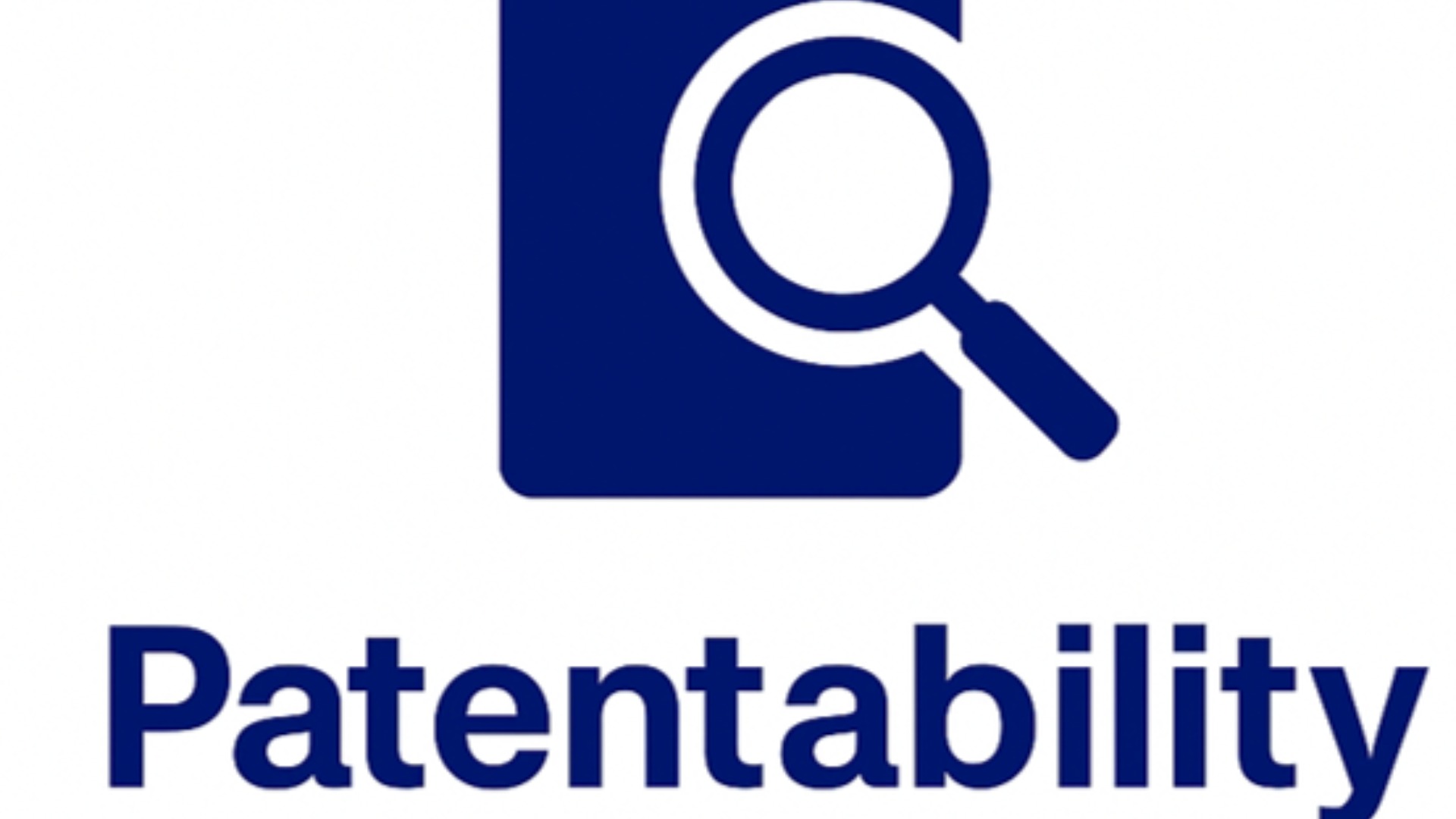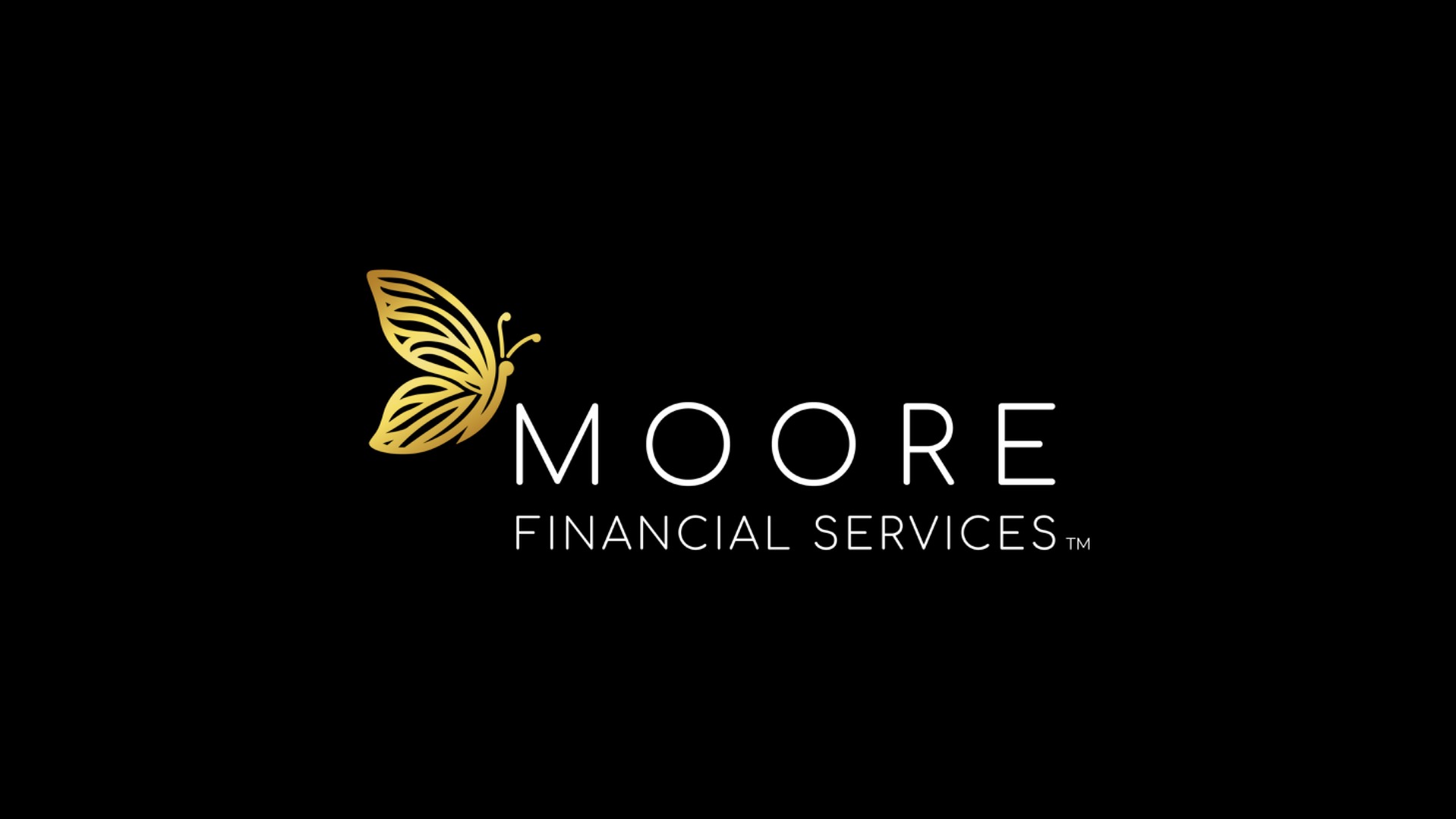Business Services
Entrepreneurial Overwhelm
Madison H., founder of Vibe Creative Co., started her design agency with a dream of freedom, flexibility, and purpose-driven impact. Within two years, her company was profitable and had several repeat clients. Yet behind the scenes, Madison was on the brink of collapse. What began as passion-fueled ambition had turned into exhaustion, anxiety, and chronic stress, the classic symptoms of entrepreneurial overwhelm.
She wore every hat: CEO, designer, sales rep, bookkeeper, and customer service. Her days blurred together in a haze of late-night projects, endless emails, and mounting guilt about neglecting her health and relationships. Like so many entrepreneurs, Madison believed the myth that success required suffering.
What was the main challenge in this project?
By the time Madison reached out for help, she was showing clear signs of burnout:
Emotional exhaustion: Constant irritability and decision fatigue.
Physical symptoms: Insomnia, headaches, and tightness in her chest.
Financial stress: Fluctuating income that caused anxiety every month.
Isolation: A sense of loneliness despite a growing client base.
Loss of clarity: Difficulty making strategic decisions and prioritizing effectively.
Madison’s business was thriving on paper but eroding her health and happiness behind the scenes. She needed a recovery plan that did not force her to choose between growth and well-being.
What was your solution or approach?
Working through the Entrepreneurial Overwhelm framework, Madison implemented a seven-day reset to regain control of her business and energy.
Step 1: Audit the Overwhelm
Madison identified her top stressors: overcommitting to client projects, handling all admin tasks herself, and reacting to messages around the clock. Awareness alone was powerful, and she realized her systems, not her ambition, were the problem.
Step 2: Redesign the Week
She built her Minimum Viable Week, which included three core focus days, one admin day, and one rest day. This gave her space to create, recover, and think strategically instead of constantly reacting.
Step 3: Declutter
She cleaned her workspace, deleted unused apps, and simplified her tech stack. The digital detox instantly improved her focus and sense of calm.
Step 4: Boundaries and Delegation
Madison began enforcing office hours, hired a part-time virtual assistant, and used auto-responders to protect her time. She learned that protecting her energy was not selfish, it was responsible leadership.
Step 5: Reconnect and Recharge
She joined a founder mastermind, started therapy, and committed to weekly in-person networking. Replacing isolation with connection restored her motivation and resilience.
Step 6: Financial Stability Stack
Madison diversified her income through low-ticket digital products and affiliate partnerships. Within three months, she built consistent recurring revenue that eased her cashflow anxiety.
Step 7: Mind-Body Regulation
She integrated daily nervous system resets that included breathing exercises, stretching, journaling, and tech-free evenings. Her sleep and focus improved dramatically.
What was the outcome or impact for the client?
After 90 days, Madison reported:
40 percent reduction in weekly working hours with higher overall productivity.
Consistent monthly revenue growth from diversified income streams.
Improved physical health: better sleep, more energy, and no more headaches.
Renewed creativity and joy in her work.
Team expansion: She hired two freelancers, freeing her to focus on strategy.
Her business was no longer running her life. It was aligned with her values. Madison began sharing her story with other founders, becoming an advocate for sustainable entrepreneurship and mental wellness.
Other business services case studies

Business Services

Business Services

Business Services

Business Services

Business Services
Business Services
Project Details
B
Industry:Startups
Budget:$5,000 - $10,000
Duration:3 - 6 months
Go HighLevelZapierNotionGoogle WorkspaceChatGPTJasper AICanvaCalm AppHeadspace
Need similar services?
Agencies providing business services
Posted this
B
Expert Advisors for Optimized Workplaces
C
Trusted business partner across Asia Pacific, with market leading experts in Corporate Advisory, Tax and Recruitment.
I
Expert Call Centre Solutions for Global Businesses
Z
Top Law Firms In Houston Texas
S
Shift 4 USA Bliss – Five Decades of Experience, One Powerful POS Solution.
W
Making your brand the center of attention at every show.
T
Online Watch Store